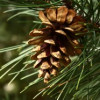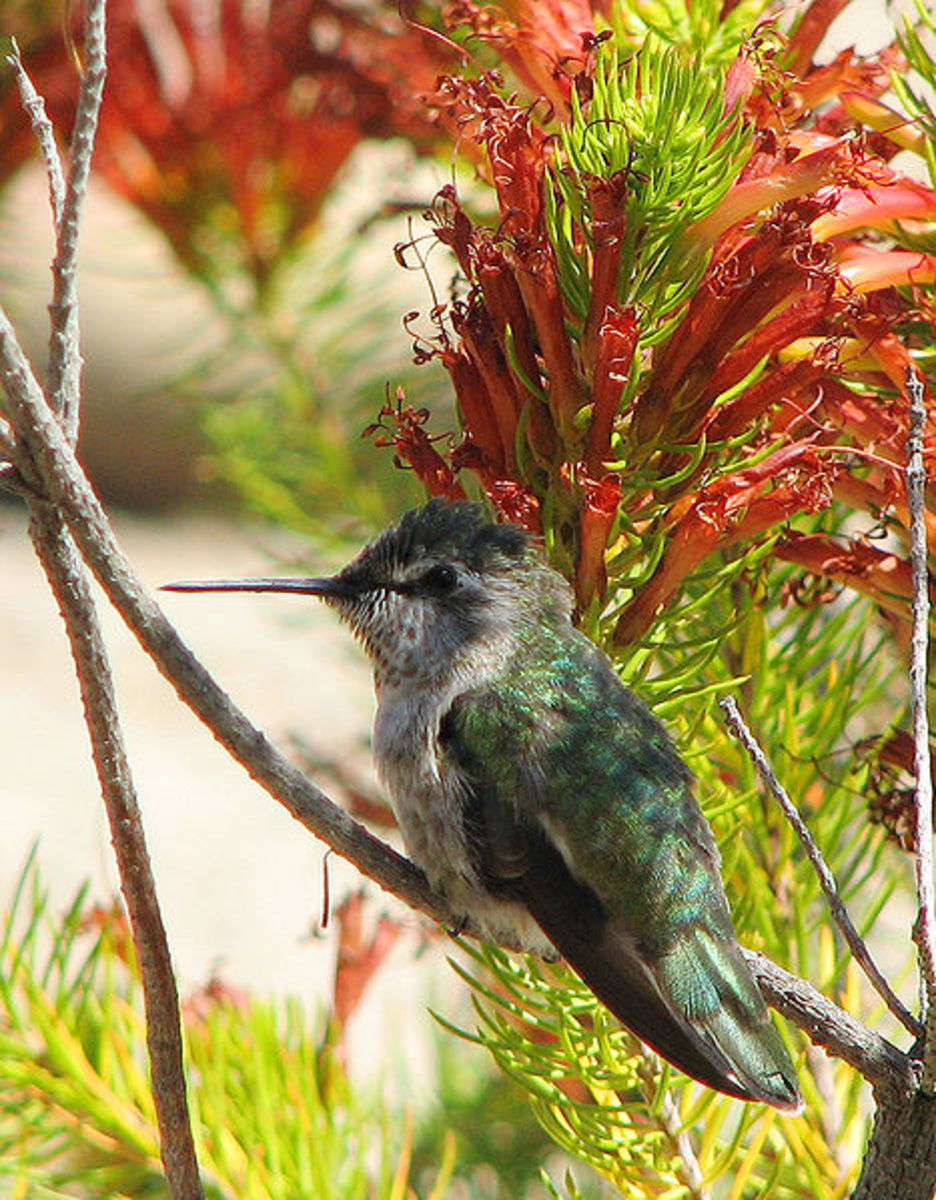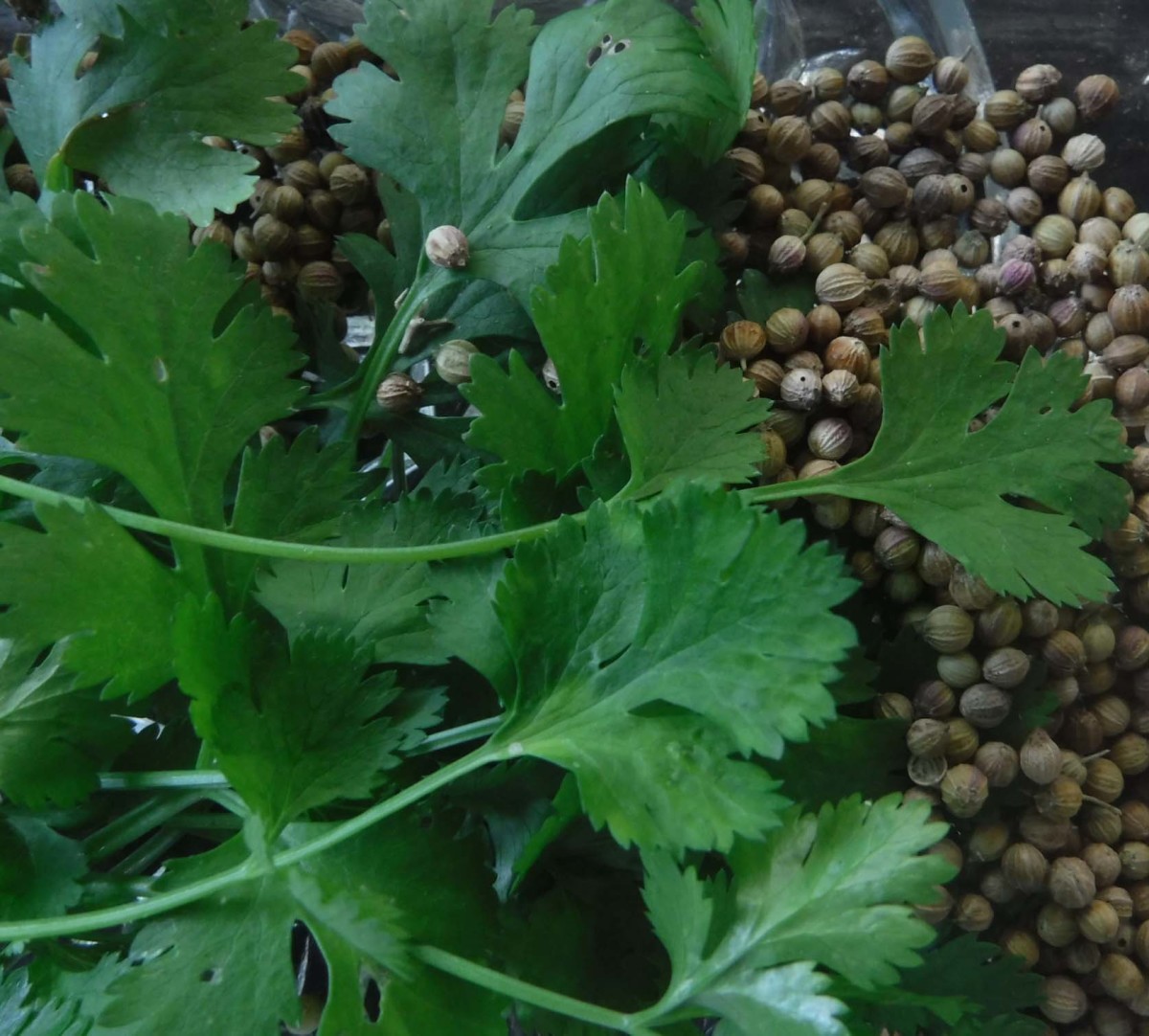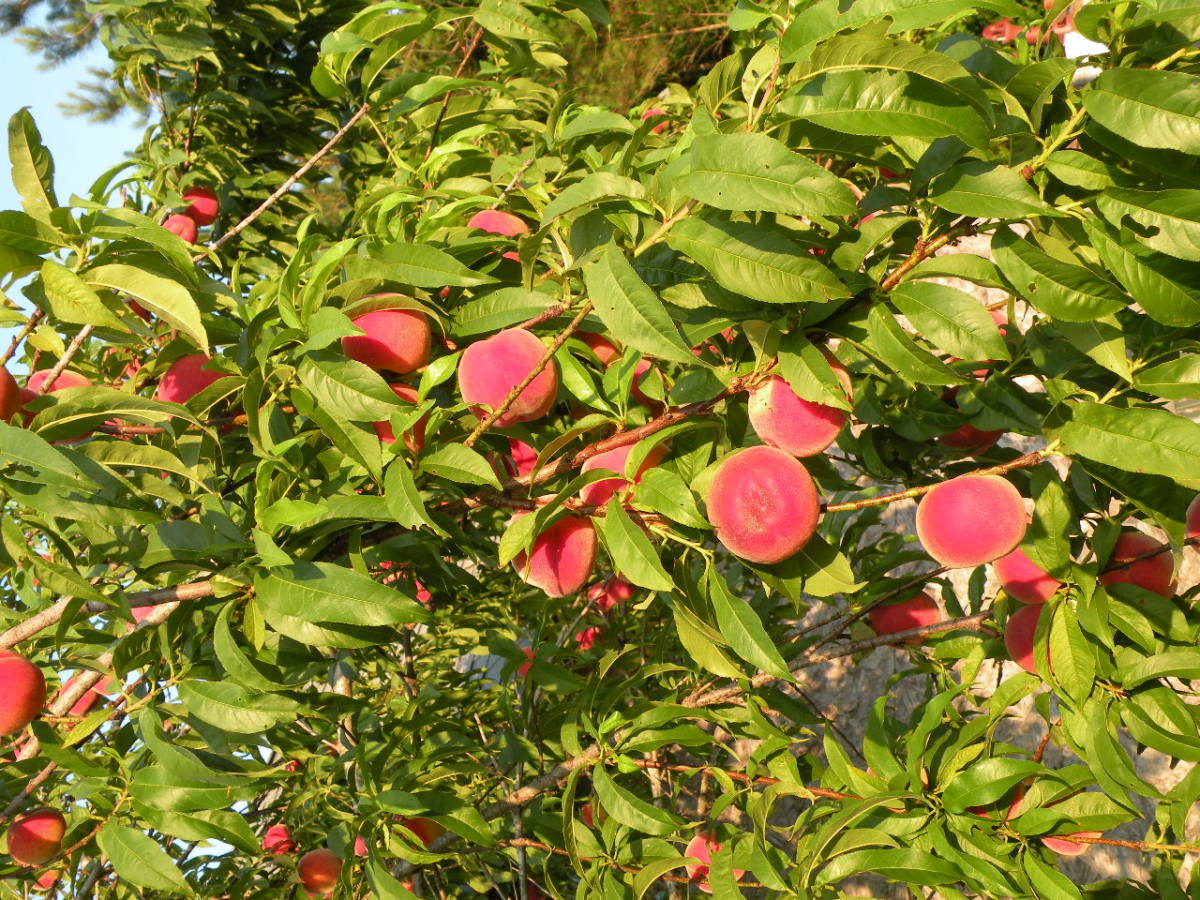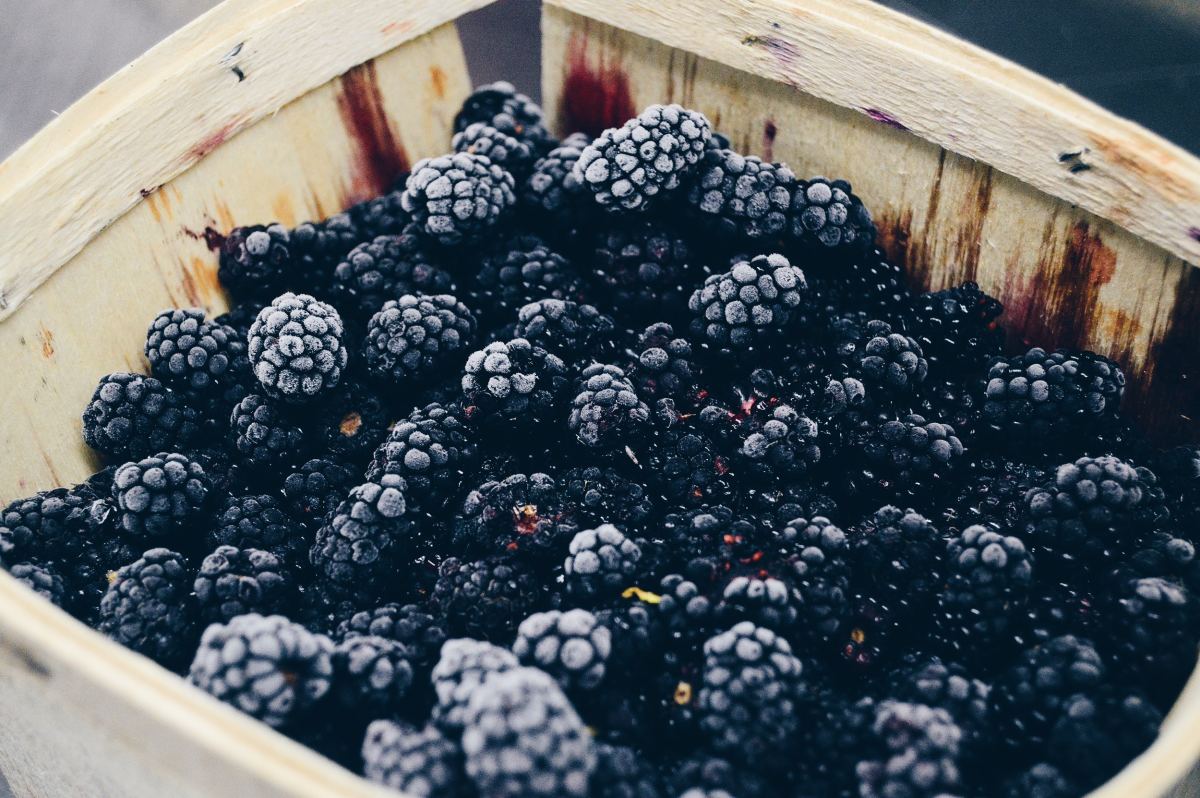Pistachio Growing, Processing, Colors and Nutrient Facts
Content
Pistachio production countries and cultivars
Processing (harvesting, drying..)
Shelf life
Are pistachios nuts or seeds?
Pistachio colors explanation
Pistachio uses
Nutrient content and health benefits
Scientific Name and Nicknames
The scientific name of the pistachio tree is Pistacia vera. Pistachio nicknames include green almonds (which is also a name of one true almond treat), pista, stachios, happy nuts (in China) and smiling nuts (in Iran).
Pistachios on a tree
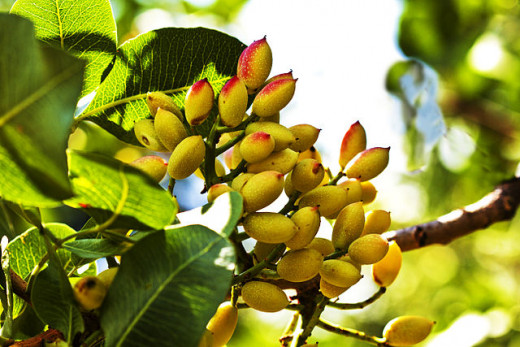
Where do pistachios come from?
Pistachio farms are mainly in Iran and other Middle East countries (Afghanistan, Uzbekistan, Kyrgyzstan), the United States (California), Turkey, Syria, China, Italy (Sicily), India, Greece, Tunisia, but also in Lebanon, Israel, Pakistan, Mexico and Australia. Pistachios are harvested in late August or early September.
Cultivars
Examples of the pistachio cultivars :
- American (California): Kerman, Red Allepo, Joley, Golden Hills, Lost Hills
- Greek: Aegina, Pontikis
- Iranian (Persian): Ahman and Badami (long pistachio), Momtaz, Ohadi, Fandoghi (round pistachio), Kalehghouchi or Kale Ghoochi (big "jumbo pistachios")
- Italian (Sicilian): Napoletana, Trabonella, Bronte (dark green kernels)
- Turkish: Antep, Uzun, Kirmizi
Pistachio Processing
The below video shows pistachio processing: growing, harvesting, dehulling, washing, drying, salting, roasting, packaging, transport and storing.
Organic Pistachios
Pistachios sold in the United States can hold an "organic" label when they have the "USDA Organic" certificate (USDA = United States Department of Agriculture). Organic pistachios are produced without using synthetic pesticides and fertilizers, sewage sludge, bioengineering (genetically modified organisms — GMO) or ionizing radiation. Conventionally grown pistachios may occasionally contain more harmful aluminium than organically grown ones.
Shelf Life and Storing
Shelf life
- Fresh, non-dried pistachios may become rancid within few weeks.
- According to researchers from the University of California, both in-shell and shelled dry-roasted pistachios can be stored for up to one year in a refrigerator (at 39.2 °F or 4 °C) or up to three years in the freezer (at 0 °F or -18 °C).
Storing
Pistachios that are stored for a prolonged time can become rancid — they smell and taste awfully. Rancidification of pistachios is due to:
- Exposure of the pistachio fats to water (air moisture), which results in the formation of free fatty acids, which by themselves are not harmful for health, but can smell badly.
- Exposure of the pistachio fats to oxygen, which results in oxidation of unsaturated fatty acids, which may result in the formation of free radicals.
Ingestion of rancid fats can trigger vomiting or diarrhea. Long-term consumption of rancid pistachios might increase the risk of the artery hardening (atherosclerosis) and cancer.
Exposure to oxygen (air), water (air moisture), light and heat stimulates rancidification, so pistachios need to be stored in tightly enclosed containers or plastic bags with little air in them, and in a dry, dark and cool place. Exposure to oxygen, light and heat can also deactivate antioxidants (vitamins and polyphenols) and chlorophyll (loss of green color) and thus reduce the nutritional value of pistachios.
After harvesting, the metabolic processes in pistachios continue; the breakdown of fats in the presence of air and moisture can result in pistachios self-heating and spontaneous combustion. Fat breakdown can also produce significant amount of carbon dioxide (CO2), which can build up to dangerous levels in a poorly ventilated store.
Are pistachios nuts or seeds?
Botanically, pistachios are seeds of fruits that grow on the pistachio trees. A pistachio fruit is a drupe — its outer layer is a fleshy hull (husk) that covers a hard shell, which encloses a seed covered with a skin.
Culinary, pistachio is a nut, which is any large, edible, oily kernel with a shell. In conclusion, pistachios are nut-like drupe seeds.
Another categorization divides nuts and nut-like fruits into tree nuts (including pistachios and most nuts) and groundnuts (peanuts).
Pistachios Are Seeds
Botanically, pistachios are seeds, not nuts. Individuals allergic to nuts can often tolerate pistachios.
Fresh pistachios in hulls
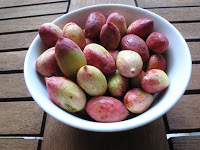
Pistachios in shells
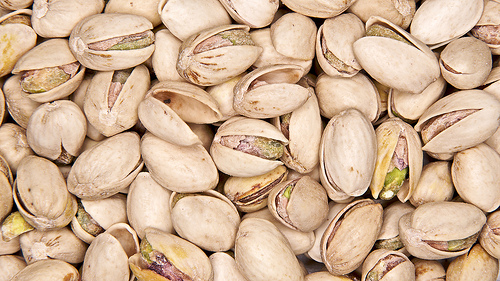
Pistachio kernels with skins
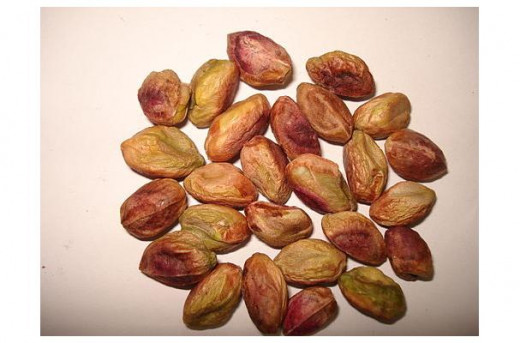
Pistachio kernels without skins
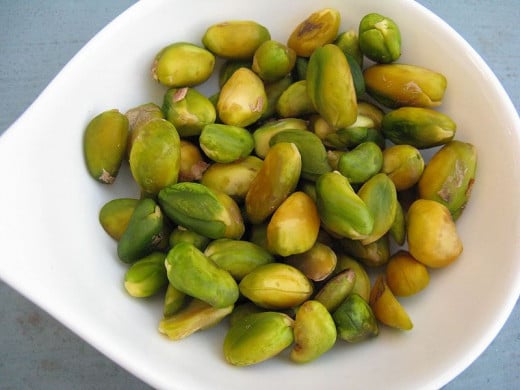
Pistachio Nuts Parts and Colors
Hulls
While on the trees, pistachios are covered with fleshy hulls, which are initially light green and later become pink, red or purple, much like grapes. When pistachios ripen, their outer hulls usually remain closed, but the inner hard shells usually split open. After harvesting, the fleshy hulls are removed, usually within 24 hours, to prevent shell staining.
Shells
The hard pistachio shells are naturally beige (creamy) or light brown with occasional dark brown dots or staining. The shells of mature pistachios are split open; the edges of the splits are linear and smooth.
Skins
The thin skins that cover the pistachio seeds are initially green and become purple and partly greenish and brown when they are mature.
Seeds
The surface of the pistachio seed (without the skins) is light to dark green (or partly yellow or brown or purple) and the interior of the seed is yellow to light green.
- The seeds of Italian pistachios--both unripe and ripe--are dark green.
- The seeds of pistachios from other countries, when unripe (in August) are dark green, moderately ripe are green to yellow, and fully ripe (in September) are yellow.
Colors
Yellow color in pistachios is from carotenoids lutein and zeaxanthin. Amount of lutein decreases with pistachio ripeness.
Green color is from chlorophyll. Amount of chlorophyll in pistachios increases until August and start to decrease in September (before harvesting).
Purple color is from a polyphenol anthocyanin, amount of which increases with ripeness. The amounts of lutein and chlorophyll (green) in pistachios are related, which means the greener the pistachios, the more lutein they contain.
Drying and roasting does not significantly affect the color of the pistachio seeds and shells. During prolonged storing, because of the breakdown of green chlorophyll and yellow lutein, pistachio seeds tend to become pale yellow or brown; the shells tend to become darker with time.
Fresh pistachios
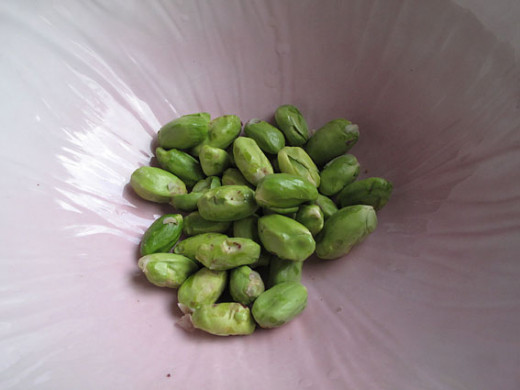
A roasted pistachio
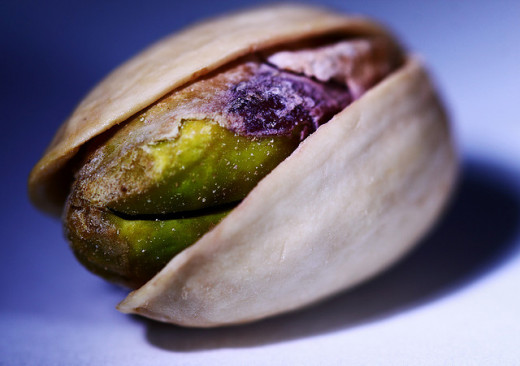
Pistachio Uses
On the market, pistachios are available raw (fresh), dried, dry roasted, salted or unsalted. The edible parts include the kernels with skins.
Fresh Pistachios (Raw, Not Dried)
Fresh pistachios contain up to 40% water. They contain slightly higher amounts of certain vitamins and significantly higher amounts of antioxidants than roasted pistachios. Eating fresh pistachios slightly increases the risk of infection with bacteria, such as salmonella.
Dried Pistachios
Pistachios are usually dried on the sun for two to four days or in special driers at temperatures 131-176 °F (55-80 °C) for 5.5-8 hours.
Roasted Pistachios
Roasted pistachios are more crispy and usually have stronger taste than the fresh ones, but they look almost the same. Roasting of pistachios results in formation of less than 5% of free fatty acids, which does not make pistachios rancid.
Unshelled and Shelled Pistachios
Pistachios are usually sold unshelled (in-shell), but occasionally also shelled (without shells).
Flavored Pistachios
Pistachios can be flavored by barbecue, chipotle pepper, cilantro, cumin, garlic, habanero chilli, lemon, lime, onion, pepper, rosemary or smoked by hickory and jalapeno.
Red, Pink and Green
In the first half of the 20th century, producers often artificially dyed pistachios red, pink or green in order to disguise the natural shell staining. Some producers still sell red pistachios.
White Pistachios
Bleaching
Most pistachios sold in China are bleached with hydrogen peroxide (H202); such pistachios have near-white shells, light brown skins and light-green-yellow seeds. Bleaching probably does not cause any harm for human health, but it can deactivate the vitamins B1 and C, phytosterols and other antioxidants. Bleaching of pistachios is against the law in the United States and also in China.
Extra salting
Extra salted pistachios with white rough shells are sometimes sold as "white pistachios".
Pistachio ice cream
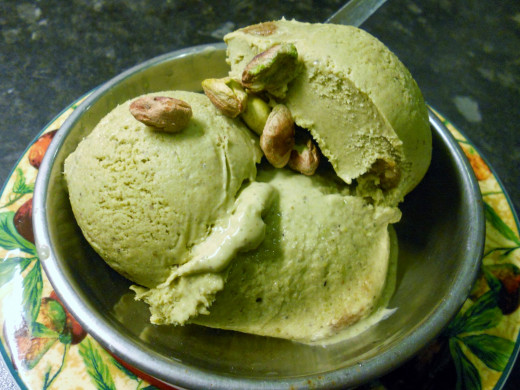
Pistachio cookies
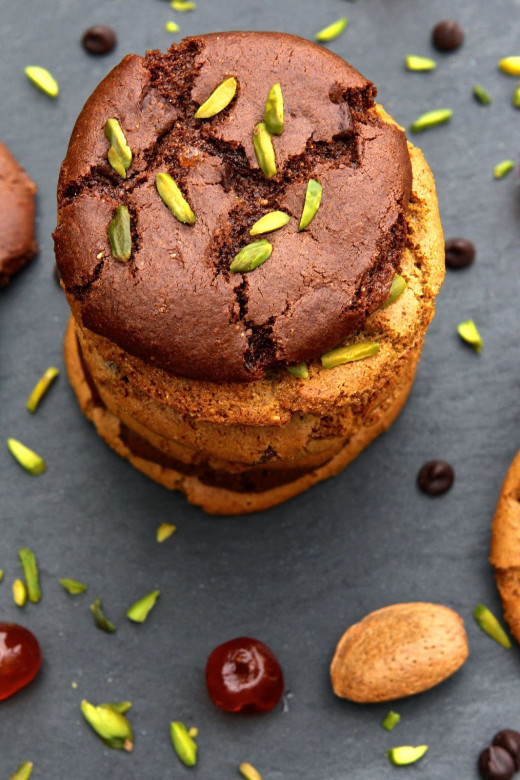
Pistachio Uses and Foods
A standard serving size of pistachios is one oz (28 g). A popular bag size is 1.5 oz (43 g).
Popular pistachio foods include pistachio butter, spread, paste, ice cream, oil, flour, pistachio cake, pudding, baklava, lokum, chocolate candies, brittle, chips, crisps, macarons, cookies, pistachio salad, ham and mortadella.
Moldy pistachios
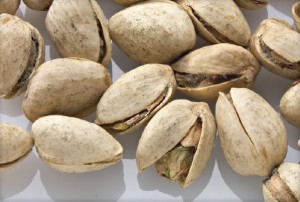
Are pistachios good or bad for you?
Pistachios are a good source of protein (6 grams per oz or 28 g) and unsaturated fats (11 grams per oz). This makes pistachios a convenient snack, especially for vegetarians.
Pistachios are a good source of the vitamins B1 and B6, copper, manganese, magnesium and potassium.
Pistachios contain some antioxidants (lutein, zeaxanthin, beta-carotene) but no antioxidant-related health benefits of pistachios are known.
Pistachios contain 160 Calories per ounce (28 g), that is about as much as an ounce of an average chocolate.
Allergies to pistachios are rare.
Pistachios stored for too long can catch mold, which can produce aflatoxin, which is a known carcinogen. Increased incidence of cancer from eating moldy pistachios has not been documented so far, though.
More About Pistachios
- Pistachios nutrition facts, health benefits, dangers
Possible pistachios benefits: proteins, unsaturated fats, fiber, vitamin B1 and B6. Possible dangers: aflatoxin, salmonella, acrylamide.
